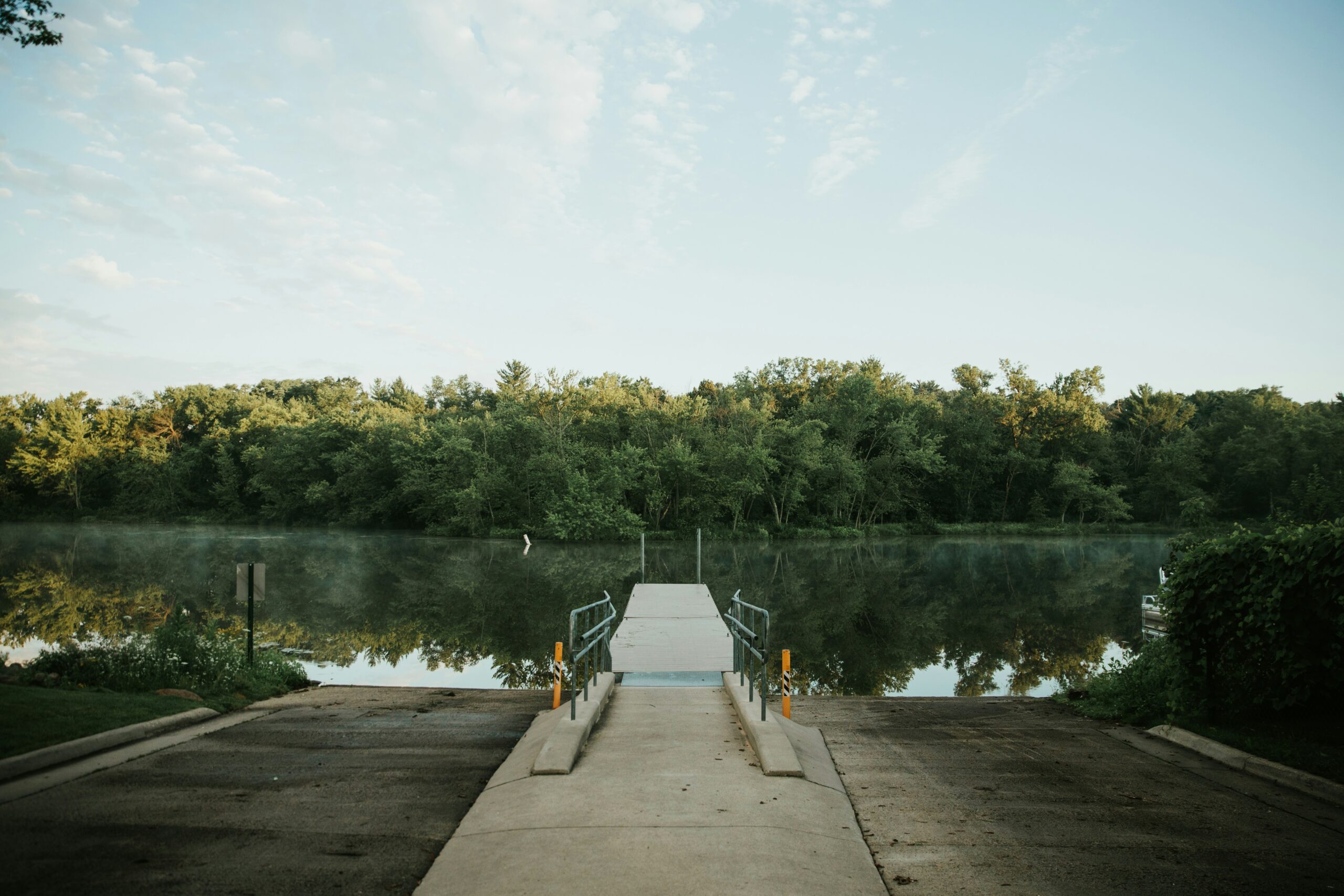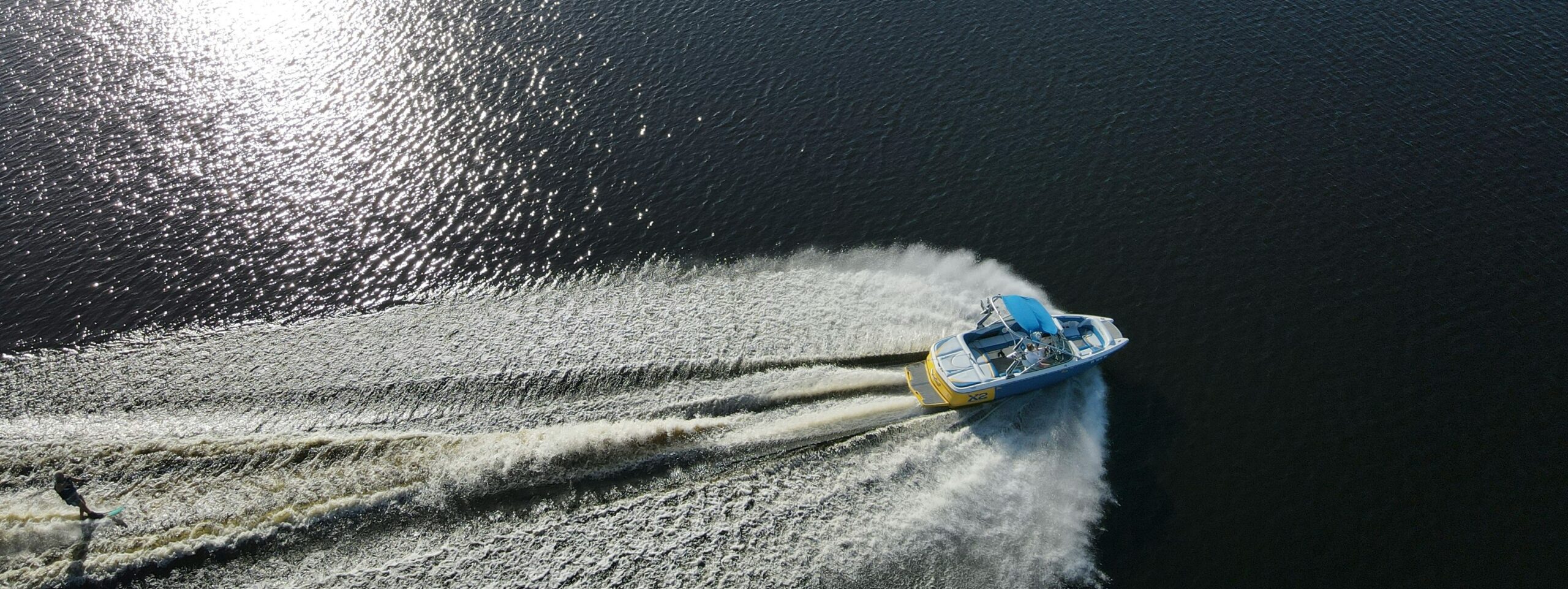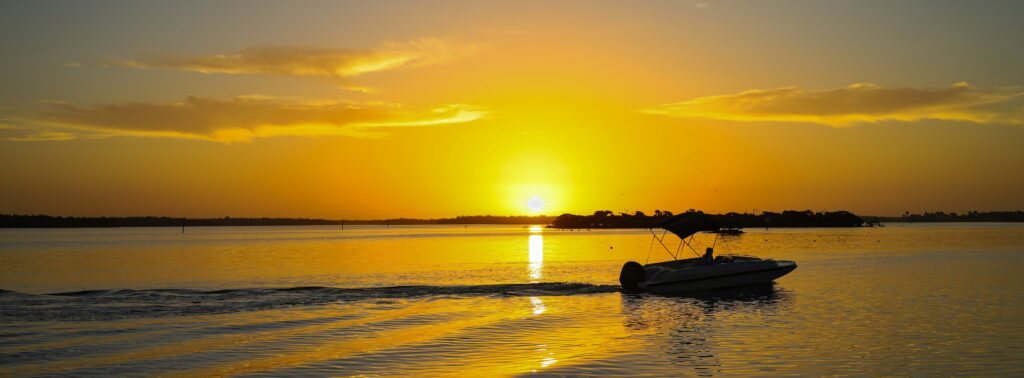With summer right around the corner, boaters across Canada are gearing up for the much-awaited boat launch season. But before you set sail, it’s essential to ensure a smooth and hassle-free experience launching your boat. Here are some valuable tips to help to guide you through the essential steps to prepare for this upcoming boat launch season.
Finding a Boat Launch Near You
The first step in preparing for the boating season is knowing where to start. If you are storing your boat at a marina, you can contact them about boat launching services or search for public boat launches. Don’t forget to check:
- Opening dates of the boat launch
- Hours of operation for the boat launch
- That the boat launch has a dock that is functional and in good condition for you to tie up your boat
- See if you have anyone available to help you (You can do it by yourself but it’s easier with two people)
- The weather forecast for the area you are launching your boat
Remember, early preparation can save you time and avoid unnecessary delays on launch day.

Tips for a Stress-Free Launch
Launching your boat can be a daunting task, especially for novice boaters. Here are some tips to help you navigate the process smoothly:
- Familiarize yourself with the launch ramp and its layout before arriving.
- Prepare your boat and trailer’s conditions in advance, ensuring everything is in proper working order.
- Use proper safety equipment, such as life jackets and dock lines, during the launch.
- Take your time and remain calm, especially during busy periods at the launch ramp.
- If it’s your first time launching a boat review how to launch a boat.

Understanding Your Marine Insurance Coverage
As you prepare for a summer of boating, it’s crucial to consider your marine insurance coverage. Take a moment to review your policy and understand the extent of your coverage.
- Are you protected against accidents, theft, and liability claims?
- Do you need to update your coverage or make any changes before hitting the water?
Reach out to us for a quick quote or to check your coverage options – we’re here to help!

Stay Informed and Prepared
Keep yourself informed about any updates or regulations in the boating industry that may affect your plans. Stay updated on weather forecasts, water conditions, and any local boating advisories. Being prepared and aware of your surroundings is key to a safe and enjoyable boating experience.
As you gear up to launch your boat remember to prioritize safety, preparation, and peace of mind. Whether you’re a seasoned sailor or a novice navigator, following these tips will help you make the most of your time on the water.
Reach out to us for any questions or concerns about your marine insurance coverage – we’re here to support you every step of the way. Don’t forget to follow us on social media for more updates and helpful tips for boaters in Canada!




